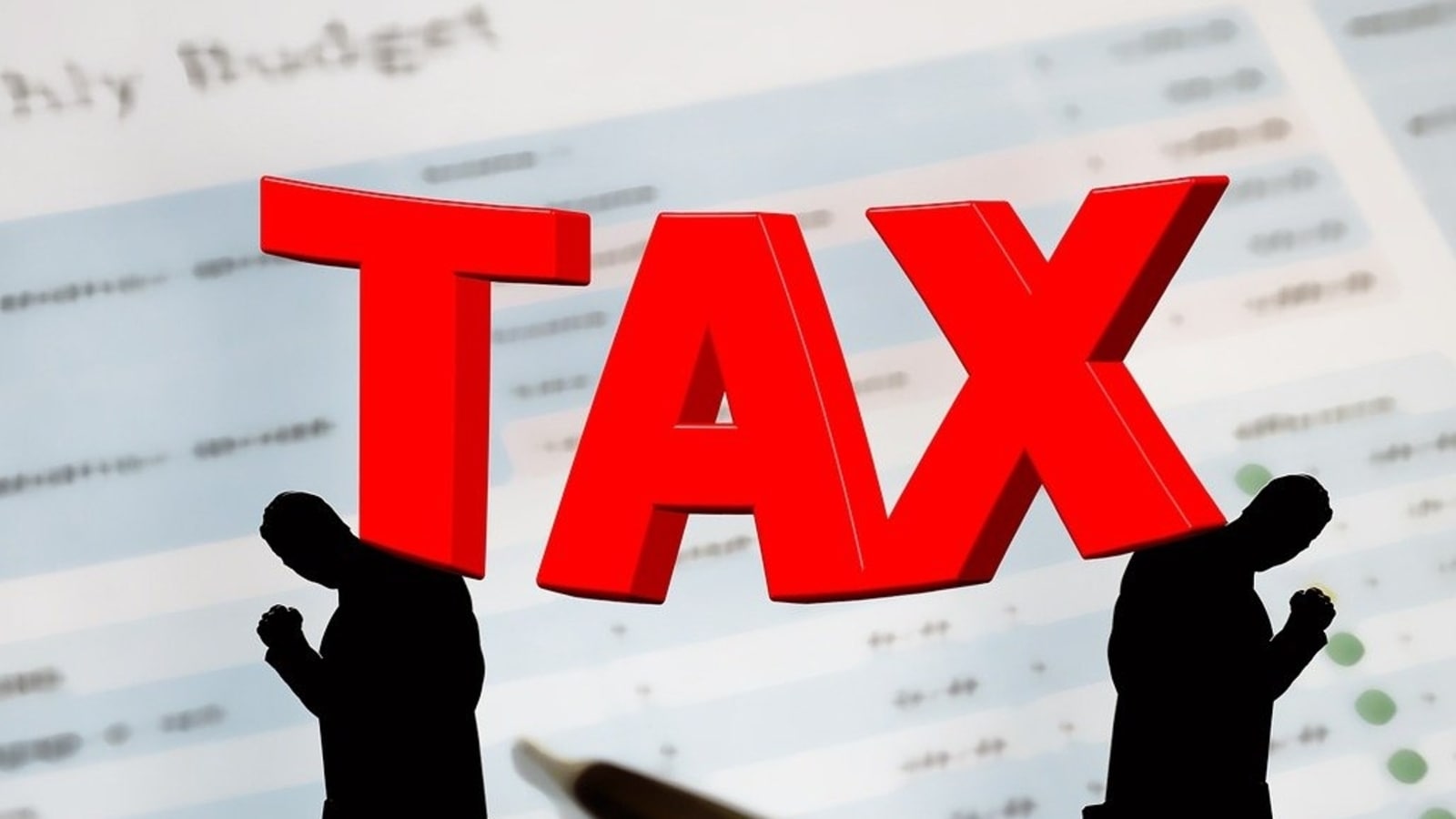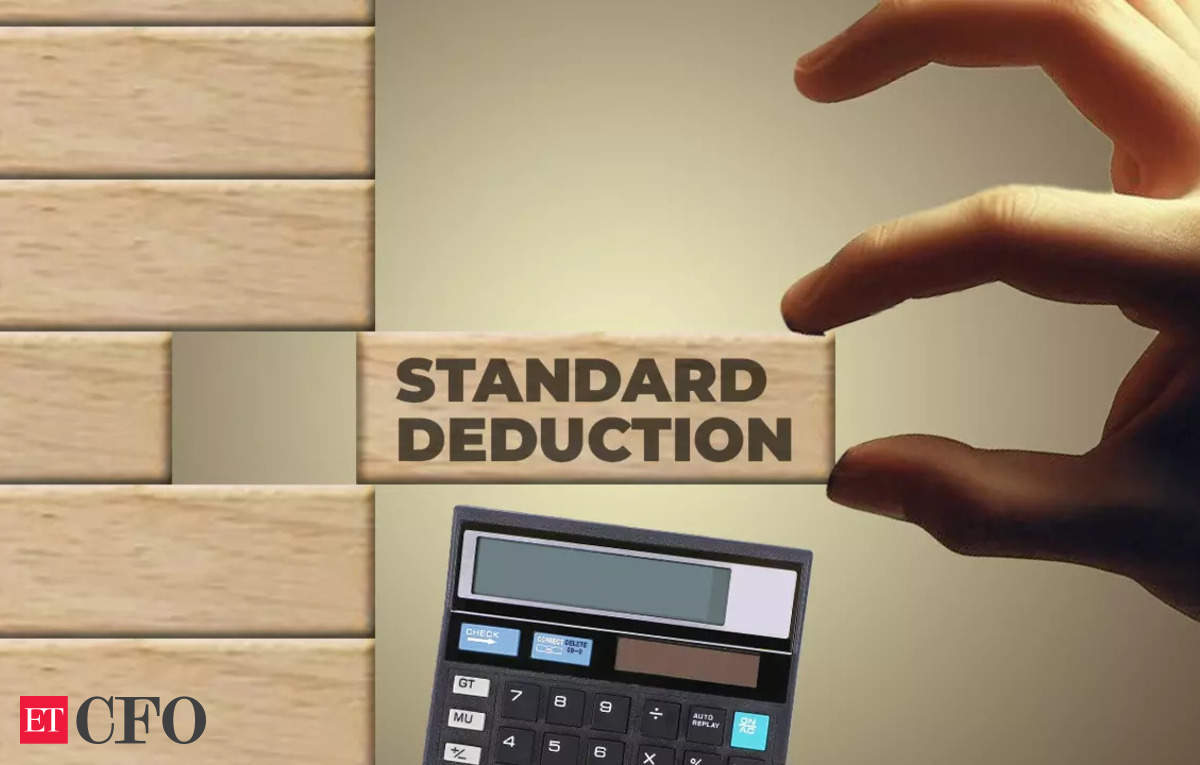Filing your Income Tax Return (ITR) accurately and on time is crucial to ensure compliance and to avoid any legal issues. Here are the important steps you need to take before filing your ITR:
1. Link Your PAN with Aadhaar
Linking your PAN with Aadhaar is mandatory for filing your ITR. This linkage is essential to ensure that your tax records are updated and to prevent any discrepancies in your tax filing process. The deadline for linking PAN with Aadhaar has been extended several times, but it is crucial to complete this step as soon as possible to avoid penalties and ensure seamless processing of your tax return.
2. Ensure Your Mobile Number is Linked with Aadhaar
Make sure your active mobile number is linked with your Aadhaar. This is necessary for e-verification of your ITR. After filing your ITR, it is mandatory to either e-verify your return or send the physical ITR-V acknowledgment to the Income Tax Department within 30 days of filing. E-verification can be done using methods such as OTP on Aadhaar-linked mobile, net banking, bank account, or Demat account.
3. Pre-Validate Your Bank Account
To receive any tax refunds, you must pre-validate your bank account. This can only be done if your PAN and mobile number are linked with your bank account. Ensure this linkage to avoid delays in receiving refunds. Pre-validation ensures that the bank account details provided in the ITR are correct and active, facilitating a smoother refund process.
4. Choose the Correct ITR Form
There are seven different ITR forms available, each catering to different types of taxpayers and sources of income. Choosing the correct form is essential for accurate filing. The forms range from ITR- to ITR-7, Selecting the wrong form can lead to rejection of the return or additional compliance requirements.
5. Collect Form 16 and 16A
Ensure you collect Form 16 from your employer and Form 16A from any TDS deductors. These forms contain details of the tax deducted at source and are essential for accurate filing of your ITR. Form 16 is issued annually by the employer and provides a detailed summary of the salary paid and taxes deducted, while Form 16A pertains to non-salary income such as interest or contract payments.
6. Check Form 26AS and AIS
Thoroughly check your Form 26AS (Tax Credit Statement) and Annual Information Statement (AIS). There should be no mismatch between the income and TDS shown in these forms and the details you provide in your ITR. Discrepancies can lead to issues with your tax filing and possible scrutiny from the tax authorities. Form 26AS is a consolidated statement that includes details of TDS, TCS, and advance tax paid, while AIS provides comprehensive information on various financial transactions.
7. Gather All Necessary Documents
Before filing your ITR, ensure you have all necessary documents ready. These include:
- Investment proofs (e.g., receipts for tax-saving investments under Section 80C, 80D, etc.)
- PAN card
- Aadhaar card
- TDS certificates
- Bank statements
- Form 10BE (for donations claiming deduction under section 80G)
- Interest certificates from banks and post offices
- Capital gains statements from mutual funds and brokers
- Details of other incomes such as rental income, dividend income, etc.
Having these documents organized will streamline the filing process and help in accurate reporting of income and deductions.
Additional Tips
- Verify TDS Details: Cross-check the TDS details in Form 26AS with your income records to ensure there are no discrepancies.
- Report All Income Sources: Ensure you report all sources of income, including salary, rental income, interest income, and capital gains.
- Claim Deductions: Maximize your tax savings by claiming all eligible deductions under various sections of the Income Tax Act.
- File Within Due Date: Filing your ITR within the due date helps avoid late filing fees and interest on any tax payable.
Watch Our Videos on ITR filing, click on the links below:
Taking these preparatory steps before filing your ITR will help ensure a smooth and accurate tax filing process. Proper linkage of PAN and Aadhaar, ensuring your mobile number is updated, pre-validating your bank account, choosing the correct ITR form, and gathering all necessary documents are critical steps in this process. By doing so, you can avoid errors, prevent delays in refunds, and stay compliant with the tax laws. For any further assistance, consider consulting a tax professional or referring to the guidelines provided by the Income Tax Department.
By following these steps, you can ensure a hassle-free and accurate ITR filing experience, contributing to better financial management and compliance.
Visit www.cagurujiclasses.com for practical courses











